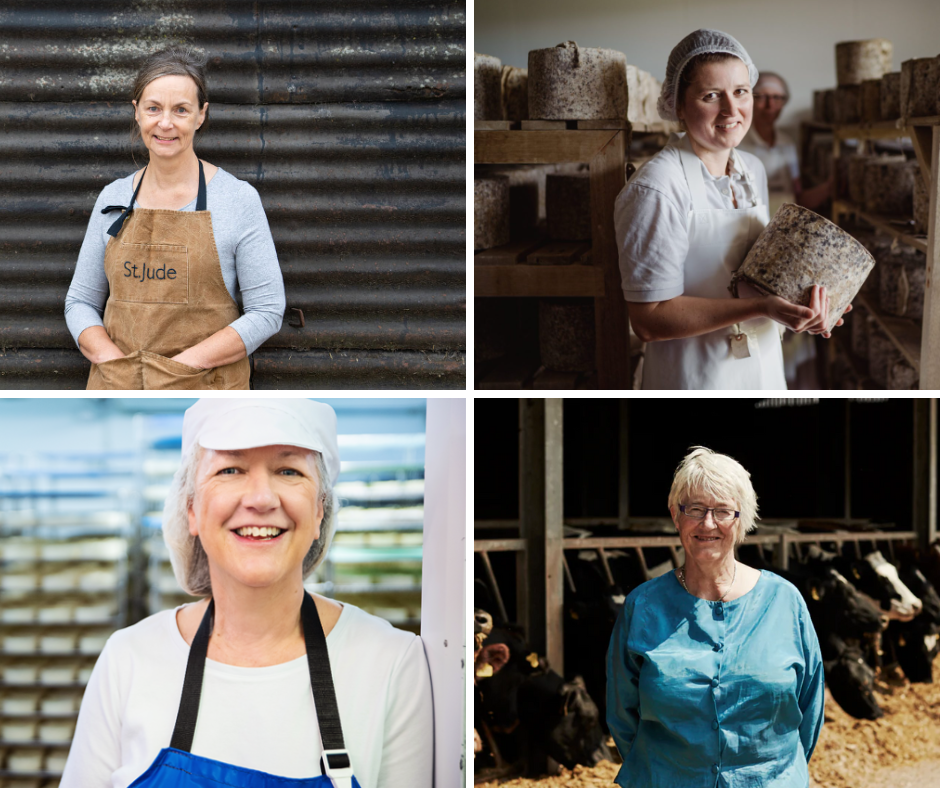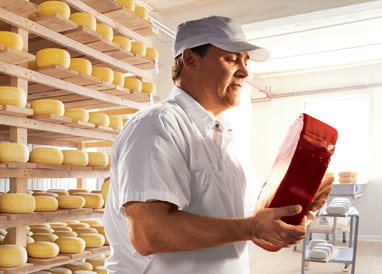Unlocking the Keys of Artisanal Cheese Making: A Detailed Do It Yourself Overview
In the realm of culinary craftsmanship, artisanal cheese making stands as a testimony to the fragile balance in between custom and innovation. Each step in the process, from selecting the ideal milk to improving aging techniques, holds within it a riches of understanding gave with generations. As we begin on this trip to debunk the art of developing charming cheeses, we are encountered with a tapestry of skills and tricks waiting to be unwinded. Join us as we explore the complexities of this ancient craft, where science, art, and persistence assemble to produce tastes that tantalize the senses.
Choosing the Right Milk
When embarking on the trip of artisanal cheese making, the selection of milk plays a critical duty in determining the quality and features of the last product. The kind of milk picked affects the flavor, texture, and on the whole profile of the cheese. Raw milk, straight from the animal, is preferred by numerous artisanal cheesemakers because of its distinct mix of enzymes, bacteria, and flavor substances. Utilizing raw milk comes with dangers and laws, making pasteurized milk a much safer choice for beginners.
Additionally, the resource of the milk, whether from cows, goats, sheep, or buffalo, contributes distinct flavors and attributes to the cheese. Each type of milk brings its own nuances, permitting for a large array of cheese selections to be crafted based on the picked milk.
Culturing and Coagulating
To start the cheese-making procedure, the vital steps of culturing and coagulating have to be thoroughly carried out to transform milk right into curds and whey. The kind of society utilized can significantly impact the flavor, texture, and ripening of the final cheese product.

The timing and temperature control during culturing and coagulation are crucial variables that influence the last end result of celebrity. Correct execution of these steps is necessary to ensure the wanted texture, taste, and uniformity of the artisanal cheese being created.
Draining and Pushing Curds
After the milk healthy proteins have coagulated and the curds have actually been reduced to launch whey, the following important action in artisanal cheese making includes draining pipes and pushing the curds to attain the wanted structure and consistency of the last cheese item. The time for draining pipes can vary depending on the kind of cheese being made and the desired moisture content.
Pressing helps remove any type of continuing to be whey and compacts the curds to create a strong cheese wheel. Proper draining and pushing are crucial steps that significantly impact the top quality and characteristics of the artisanal cheese being created.
Aging and Flavor Techniques
Executing precise aging and flavoring strategies is crucial in boosting the deepness and complexity of artisanal cheeses, raising their preference profiles to beautiful levels of improvement and refinement. Full Article Aging plays a crucial duty in establishing the special flavors and textures that distinguish artisanal cheeses. Throughout the aging process, cheeses are stored in carefully regulated atmospheres where elements such as temperature, air movement, and humidity are controlled to encourage the development of useful molds and germs. This controlled atmosphere allows celebrity to learn this here now develop gradually, establishing intricate scents and abundant flavors.
Seasoning techniques likewise add considerably to the last preference of artisanal cheeses. Cheesemakers may pick to present extra tastes by incorporating components such as natural herbs, spices, and even fruits right into celebrity throughout the production process. Additionally, some cheeses are washed or massaged with different fluids, such as salt water or alcohol, to enhance their structures and flavors.
Wrapping and Keeping Cheeses

Final Thought
In verdict, mastering the art of artisanal cheese making involves very carefully selecting the right milk, complying with precise culturing and coagulating procedures, draining and pressing curds efficiently, and making use of various aging and flavoring methods. Bear in mind to cover and keep your cheeses correctly to guarantee optimum taste and appearance development.
Each kind of milk brings its own subtleties, permitting for a broad variety of cheese varieties to be crafted based on the selected milk.After the milk proteins have coagulated and the curds have actually been cut to launch whey, the following vital action in artisanal cheese making includes draining and pressing the curds to accomplish the wanted texture and uniformity of the last cheese product. Many cheeses need to be covered in wax paper or cheese paper to enable them to take a breath while securing them from drying out. For cheeses that need to continue aging, such as bloomy rinds or cleaned skins, guarantee they are saved in a trendy atmosphere like a cheese cave or a fridge set to the proper temperature level. By paying attention to the covering and storage of artisanal cheeses, cheese makers and fanatics can maintain the honesty of these specials and fully appreciate their intricate tastes.